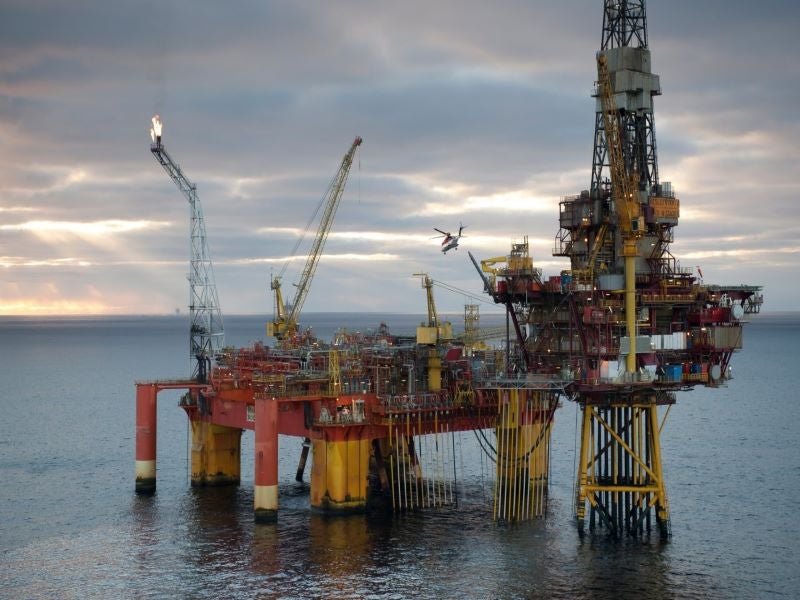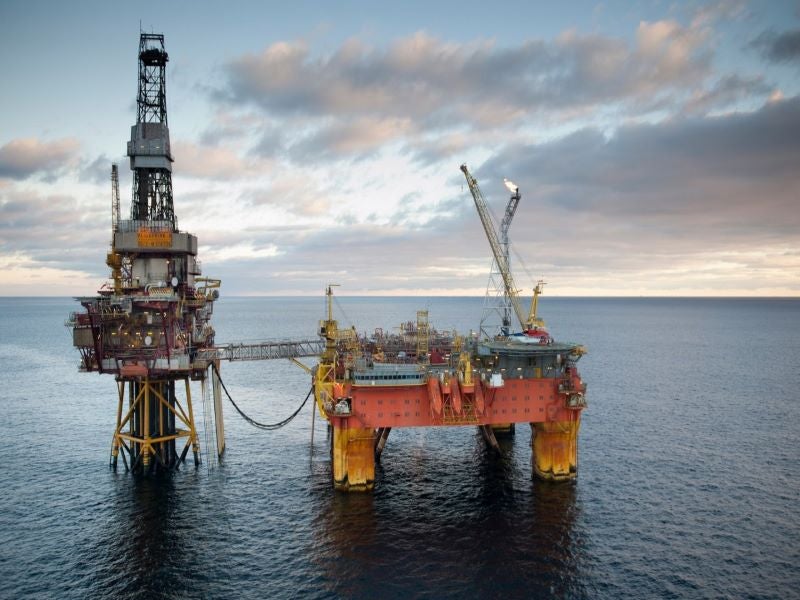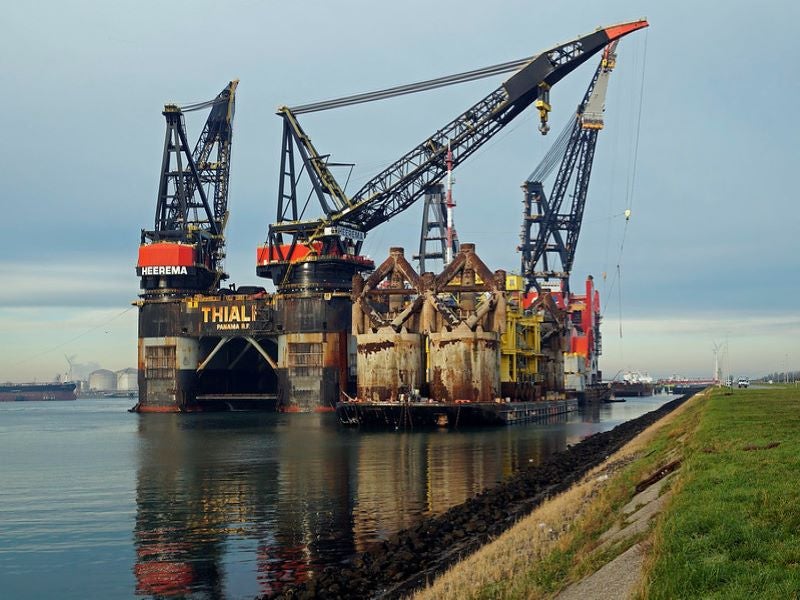The Veslefrikk oil and gas field located in the Norwegian North Sea has been producing since December 1989. The decommissioning plan for the offshore field was submitted to the Norwegian authorities in 2020 with the field’s permanent shutdown expected in spring 2022.
Equinor Energy is the operator and holds an 18% interest in the field, while the other development partners are Petoro (37%), Repsol Norge (27%), and Wintershall Dea Norge (18%). Repsol became a participant in the field development through the acquisition of Talisman Energy in May 2015.
Discovered in 1981, Veslefrikk was the first field on the Norwegian continental shelf to use a floating production unit.
Although the offshore field was originally planned for shutdown in 2009, its operational life was extended to recover additional resources. The Veslefrikk oil and gas field has produced more than 400 million barrels of oil equivalent (Mboe) since its inception.
Location and reservoir details
The Veslefrikk field is located in block 30/3, PL 52, in the northern part of the Norwegian North Sea, approximately 145km west of Bergen, Norway. The water depth in the field area is approximately 185m.
The field’s reservoirs comprise the Jurassic sandstone formations of the Statfjord, Dunlin, and Brent Groups. The Brent group reservoir originally contained approximately 80% of the reserves.
The water alternating gas injection (WAG) technique was employed for extracting the resource in the Brent and Dunlin reservoirs, while the gas injection was used for resource recovery in the Statfjord reservoir.
Veslefrikk field infrastructure
The field comprises two platforms namely, Veslefrikk A and Veslefrikk B, which are connected by a bridge. Veslefrikk A is a fixed steel wellhead facility, while Veslefrikk B is a semi-submersible platform with a processing facility and accommodation quarters. A total of 74 wells were drilled during the field’s lifetime.
Veslefrikk B was originally a drilling rig before conversion to a semi-submersible production platform.
A 37km-long, 16in-diameter pipeline transports oil from Veslefrikk A to the Oseberg Transport System (OTS) on the Oseberg A platform at the Oseberg field. OTS exports oil to the Sture terminal, Norway.
A 25km-long, 10in-diameter pipeline exports gas from Veslefrikk A to Statpipe, which transports gas to the Kårstø processing plant, north of Stavanger, Norway, from where it is further transported to Emden, Germany.
Decommissioning plan
The decommissioning work at the Veslefrikk field includes the plugging of wells, cleaning and shutdown of platform systems, and the cleaning and disconnection of oil and gas export pipelines.
The well plugging work was initiated in January 2021. As many as 24 wells will be plugged, while the major contracts related to the field decommissioning are expected to be awarded in 2021.
The Veslefrikk B platform is expected to be towed to shore in 2022, while the Veslefrikk A platform is planned to be removed in 2025/2026.
Contracts awarded
Heerema Marine Contractors bagged a contract for the removal, dismantling, and recycling of the topsides and jackets of the Heimdal riser platform, Heimdal main platform, and the Veslefrikk A platform in March 2021.
The contract also includes the removal, dismantling, and recycling of the gangway connecting the two Heimdal platforms, as well as a subsea pre-drill template connected to the Veslefrikk A platform.
Aker Solutions signed a letter of intent with Heerema Marine Contractors for dismantling and recycling the platforms from Heimdal and Veslefrikk fields in March 2021. The value of the contract ranges between £17m ($23.6m) and £59.4m ($82.6m)
The platforms are expected to reach Aker Solutions’ decommissioning facilities at Eldøyane in Stord, Norway, between 2024 and 2026.
Equinor’s framework contracts with Archer, Ardyne, and Baker Hughes will be utilised for performing the plugging of wells at Veslefrikk field. Archer provides rig operations, while Baker Hughes and Ardyne offer drilling and well services.





